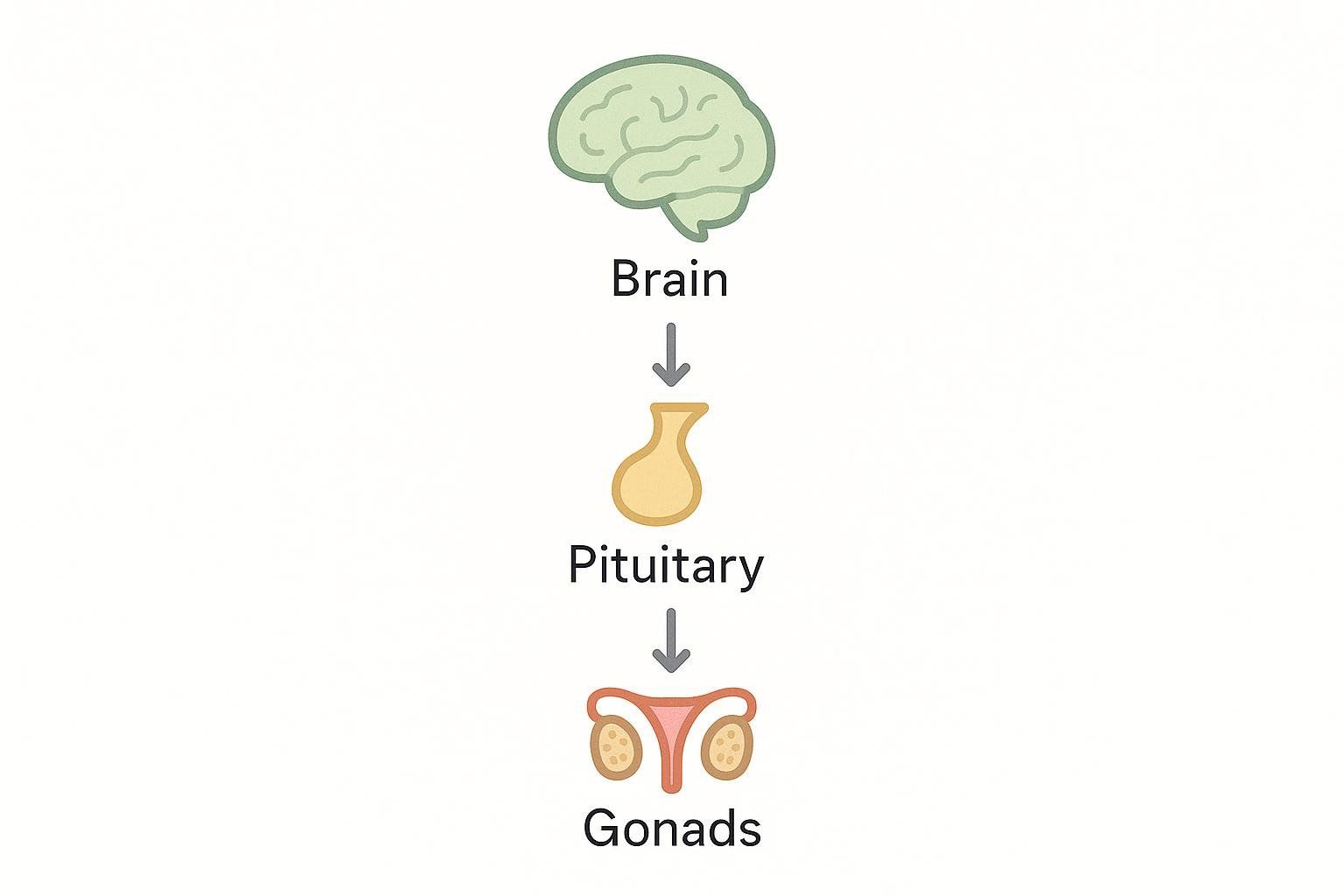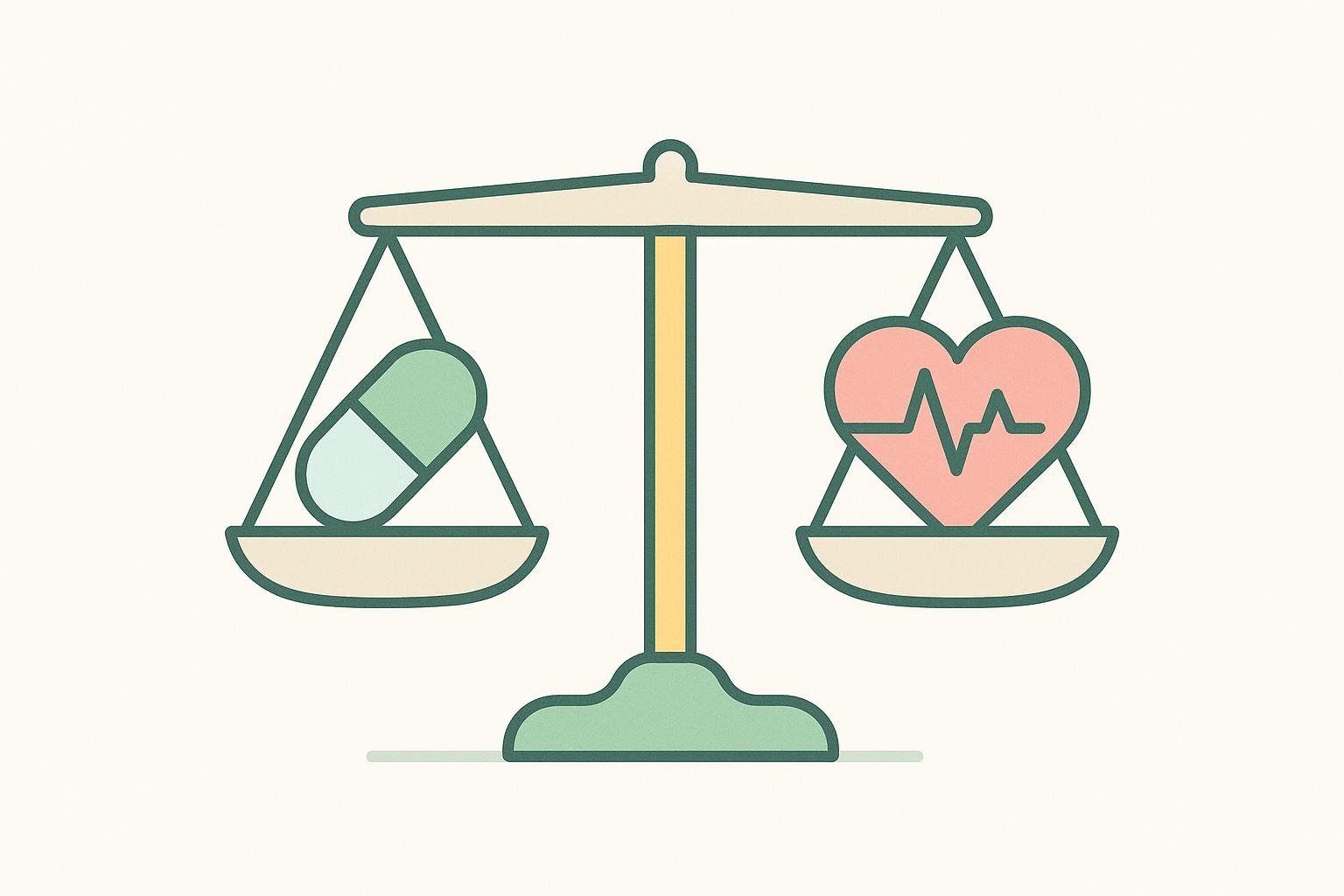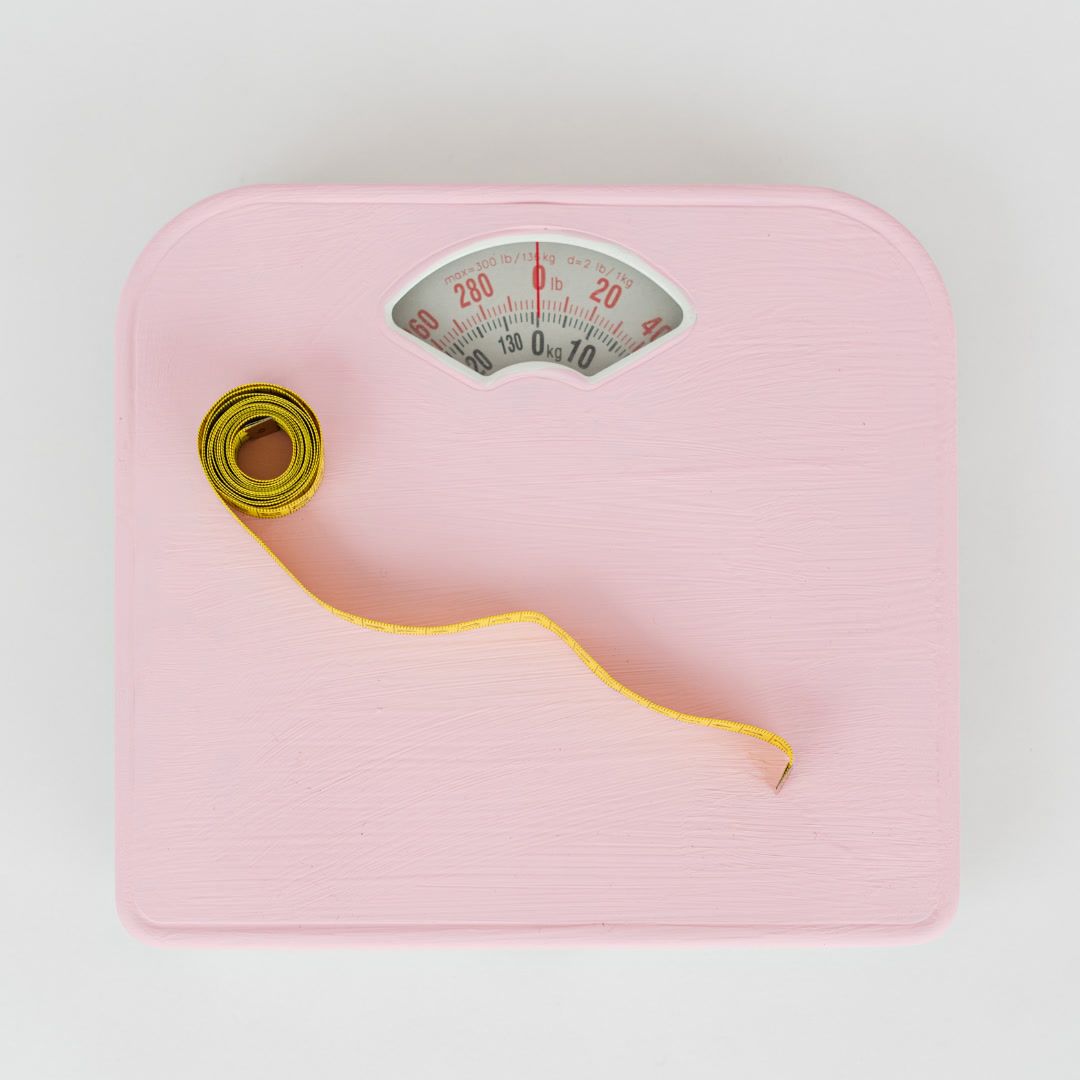Enclomiphene: Benefits, Side Effects & How It Works

Enclomiphene: Benefits, Side Effects & How It Works
Testosterone deficiency in men can lead to fatigue, reduced muscle mass, low libido, and mood changes—all symptoms of a condition called hypogonadism.
For decades, the standard therapy has been Testosterone Replacement Therapy (TRT). Although effective for raising hormone levels, TRT introduces external testosterone, which can suppress natural production and impair fertility. Enclomiphene offers a different approach: it stimulates the body to resume its own testosterone production.

This guide provides an evidence-based overview of enclomiphene—how it works, its benefits and risks, and how it compares with treatments such as Clomid and TRT.
What Is Enclomiphene?
Enclomiphene citrate is a non-steroidal selective estrogen receptor modulator (SERM). It is one of two isomers found in clomiphene citrate (Clomid):
- Enclomiphene is the isomer that blocks estrogen receptors and stimulates testosterone production.
- Zuclomiphene is longer-acting, displays mild estrogenic activity, and may contribute to side effects.
Isolating the enclomiphene isomer is intended to reduce the estrogen-like effects attributed to zuclomiphene, thereby providing a more targeted therapy.
How Does Enclomiphene Work?
The medication acts on the hypothalamic-pituitary-gonadal (HPG) axis:
- The hypothalamus releases gonadotropin-releasing hormone (GnRH).
- GnRH tells the pituitary to secrete luteinizing hormone (LH) and follicle-stimulating hormone (FSH).
- LH prompts the testes to make testosterone; FSH supports sperm production.

Estrogen normally applies the “brakes” by signaling the pituitary to dial back LH and FSH. Enclomiphene binds to pituitary estrogen receptors, blocking that signal. The pituitary keeps releasing LH and FSH, which in turn elevates natural testosterone while maintaining sperm output.
A clinical review in Therapeutic Advances in Urology details this mechanism and notes consistent rises in both LH and FSH during treatment.
Key Benefits of Enclomiphene
1. Raises Endogenous Testosterone
A phase II trial comparing enclomiphene with transdermal testosterone reported that six weeks of 25 mg/day enclomiphene increased mean total testosterone to 604 ng/dL—comparable to testosterone gel—while preserving LH and FSH.
2. Preserves Fertility
Because LH and FSH remain active, sperm production is maintained. A 2023 head-to-head study of enclomiphene vs. clomiphene showed a significant rise in total motile sperm count with enclomiphene.

3. Fewer Estrogen-Related Side Effects Than Clomid
Removing the zuclomiphene isomer reduces risks of mood swings, visual disturbances, and gynecomastia sometimes seen with Clomid.
Enclomiphene vs. Clomiphene vs. TRT
| Feature | Enclomiphene | Clomiphene (Clomid) | Testosterone Replacement Therapy |
|---|---|---|---|
| Mechanism | Blocks pituitary estrogen receptors; ↑ LH/FSH | Mixed estrogen agonist/antagonist | Provides exogenous testosterone |
| Testosterone Source | Body produces its own | Body produces its own | External hormone |
| Fertility Impact | Maintains or ↑ sperm count | Often maintains sperm, less targeted | Suppresses sperm production |
| LH/FSH Levels | Increase | Increase | Suppressed |
| Typical Side Effects | Mild headache, GI upset | Mood swings, visual changes | Testicular atrophy, high hematocrit |
| Delivery | Oral tablet | Oral tablet | Injections, gels, pellets |
Who Might Benefit?
- Men with secondary hypogonadism—a signaling issue in the brain rather than the testes.
- Men who want to correct low testosterone while preserving fertility.
- Individuals seeking an oral alternative to long-term TRT.
- Athletes may incorporate enclomiphene into post-cycle therapy, a strategy discussed in our guide on post-cycle therapy strategies.

Dosing and Monitoring
Physicians typically prescribe 12.5–25 mg daily, adjusting based on bloodwork and symptoms.
Note: Enclomiphene is not FDA-approved. It is considered investigational in the United States and is usually obtained through compounding pharmacies under a physician’s supervision. Comprehensive lab testing and follow-up are essential.

Potential Side Effects & Safety
Reported side effects are generally mild and include headache, nausea, or digestive discomfort. Some men experience transient increases in estradiol—changes a healthcare provider should monitor and manage.
Because long-term safety data are still limited, treatment should be overseen by an experienced clinician who can track hormones, blood counts, and metabolic markers.

Frequently Asked Questions
How long before results appear?
Blood tests typically show rising testosterone within 2–4 weeks; symptom improvement may follow shortly after.
How is enclomiphene prescribed?
Physicians may prescribe enclomiphene off-label for testosterone deficiency, but because the drug is not FDA-approved, it is prepared by compounding pharmacies rather than stocked at regular retail pharmacies.
Can women use enclomiphene?
Enclomiphene is not typically used for women. The FDA-approved therapy for female infertility is its parent compound, clomiphene citrate, which contains both the enclomiphene and zuclomiphene isomers.
Do I need separate post-cycle therapy after enclomiphene?
No. Enclomiphene itself is used as post-cycle therapy because it stimulates—rather than suppresses—endogenous hormone production.
Takeaway
Enclomiphene provides a compelling option for men who need to raise testosterone yet wish to maintain fertility. By reviving the body’s own hormonal signaling, it avoids several drawbacks of TRT and may produce fewer estrogen-related side effects than clomiphene.
To track objective progress—especially changes in muscle mass and body-fat percentage that often accompany improved testosterone—learn more about what to expect with a BodySpec DEXA scan and gain precise insight into how your body composition responds to treatment.


